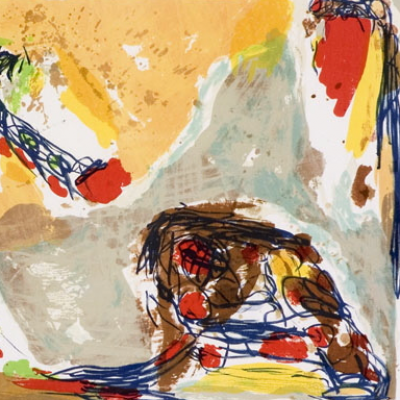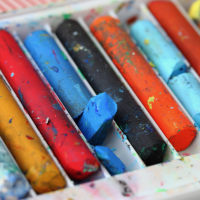
What is Situationism?
Psychological theory that started in 1968 at the time when the debate on Person-situation was triggered through a monograph publication by Walter Mischel. It is an approach to art behavior that states that there are no general traits. It holds that behavior is externally influenced by situational factors from environment rather than motivations and internal traits. It thus challenges trait theorists like Raymond B. Cattel and Hans Esyenck. Major movement linked to situationism is Situationist International founded by Asger Jorn.
Artwork by Asger Jorn- Show All
- Established
- Discoveries
ARTWORKS RELATED TO SITUATIONISM

Art medium in a stick form that consists of powdered pigment and binder. Pigments used for pastes are the same as those used in producing art media(colored). Pastel's color effect is closely similar to dry pigments than the effects of any other related process. Artworks produced using pastels are called pastel painting, pastel drawing or simply pastel. Pastel can also mean the production of artwork using pastels.














